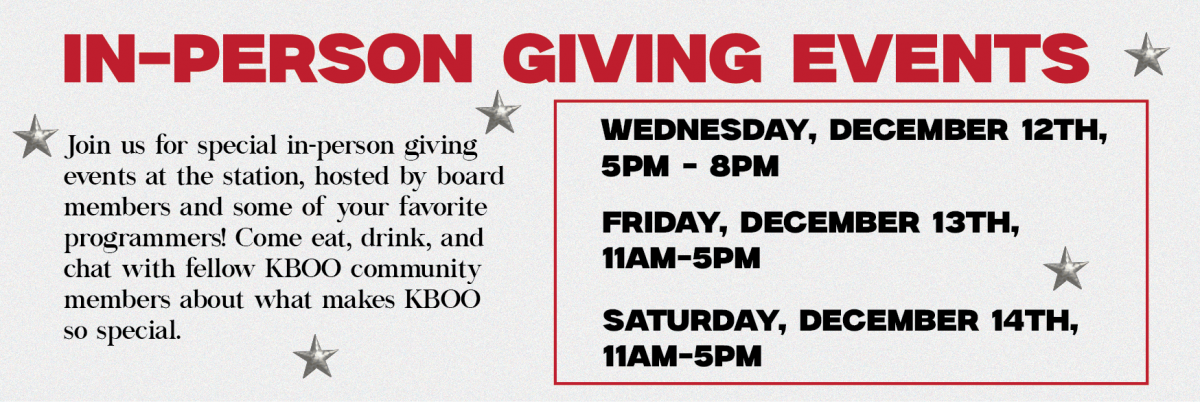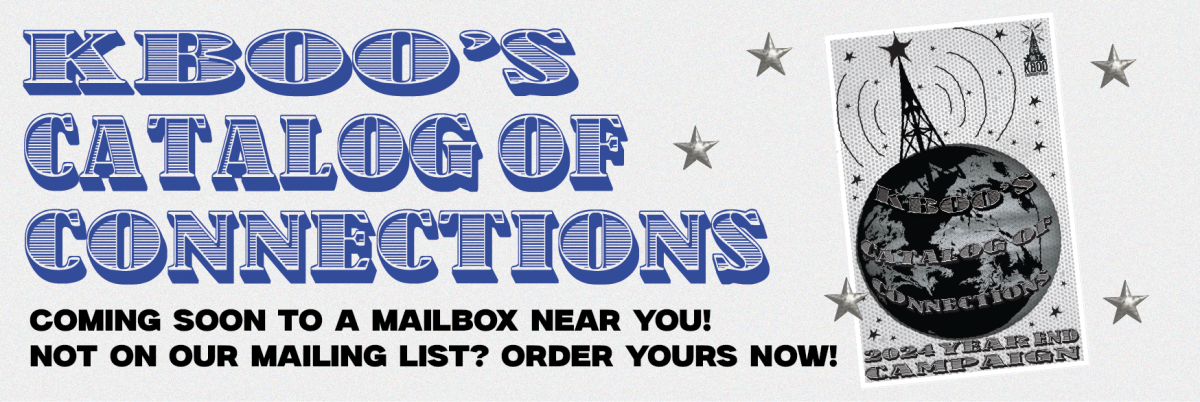Today’s show is dedicated to Brigid’s Day, or Imbolc, celebrated last Monday, February 1st on the solar calendar, or on the next new moon, coming up on Saturday February 13th, on the lunar calendar. Th is is the time of year to experience renewal at a deep level. We see the signs of renewal all around us... the first flowers are budding, and the earth that has laid quiet since Samhain shows the promise of the coming spring.
is is the time of year to experience renewal at a deep level. We see the signs of renewal all around us... the first flowers are budding, and the earth that has laid quiet since Samhain shows the promise of the coming spring.
So to celebrate, I want to encourage you to speak up and let us know what you are doing to renew yourself, and to renew your commitment to social change. What are you doing to help make your community stronger, to help birth this world anew?
A few times each year, I like to focus on one of the eight holidays celebrated by the Celts--- who are my ancestors. Noting the days to mark the seasons’ beginnings and mid points, the Celts saw time as repeating patterns, not a linear progression. Celebrating the turning of the seasons is one way to deeply connect with the cycles of the earth, creating a profound sense of belonging, and an awareness of the more subtle energies that can help us co-create the world together.
To that end, I want to lay out the entire wheel in a narrative about the Goddess, and her yearly cycle.
Being an animist, pagan, spiral walking type, I love this story, as it explores the changing of the seasons as the eternal dance of the goddess and god, known by many names. The goddess is constant, with no beginning, and never ending. She is always transforming; throughout the year, we experience her as the Maiden, the Mother and the Crone, and then back again, seamlessly. The god's cycle follows that of the lifespan that we know, beginning with birth on Winter's Solstice, and ending with death at Samhain. Throughout the year, these archetypes, or powers, change in season with the world around us.
So, now we are at Imbolc, otherwise known as the Feast of Brigid, aka Groundhog’s Day--- yeah, I’m not so sure about that connection, but I love that it exists. Traditionally, this involves a feast dedicated to Brigid, on February 1st or 2nd. This is the beginning of spring, as the lambs are born, and signs of life begin to appear in earnest, giving hope that the greening of the year is getting under way. This is a time of beginnings, and initiation. The god was born just 6 weeks ago, and is still in his infancy, but rapidly gaining strength. The goddess rests after birth, readying herself for the Rites of Spring, celebrated at the next turning point.
Ostara, aka the Spring Equinox—the Rites of Spring. This is a time to celebrate the fertility of the goddess in her Maiden role, and the god grows well into his youth. This is a time to nurture and feed what we have started, and see what else needs to be manifested in our lives. This is the time of the planting—laying tangible foundations for your ideas and projects.
Beltaine is a celebration of sexuality, and the year turns to early summer. Traditionally celebrated by erecting a Maypole, and dancing during the day, giving way to bonfires and sex at night. This is the time that the god becomes a man through his union with the goddess.
As the poem goes:
"Hooray! Hooray! for the 1st of May,
Outdoor fucking begins today!"
Alright, it's probably not an ancient poem, but I have to say, I like the sentiment, nonetheless--- and it does well embody the mood of the day.
Then we move into Summer Solstice, or Midsummer, which was the last holy day before today. This is the time of the god enjoying the apex of his power. A time of great expansive energy and celebration. This is the time to focus your power to give your dreams "lift off". Play hard. Think of the energy as a drum circle reaches that fevered frenzied climax. Manifest!!!
The festival of the first harvest is called Lammas and is celebrated August 1st. This is a time to assess what you have manifested, how is it coming in? What do you need to prune, adjust, reshape? This is the time that the god grows older, waning in energy, while the goddess as mother harvests the seeds and nurtures the god growing within her, awaiting his re-birth.
At Mabon, or Fall Equinox, we celebrate balance. Projects dreamed in the winter and started in the spring come to fruition. It is a time to give thanks for what has come into your life and to prepare for the more introspective times ahead. The god, old now, rests after harvest-- preparing for his death.
The last turn of the year is Samhain. This is a time of dreaming, of communion with the dead, and those spiritual allies that are not incarnate. The veil separating this physical world from the land of the dead and the faery grows the thinnest at this time of year, making it a great time to gain advice and contemplate visions to guide you through this dark and introspective time. The god dies on this day, and old year passes away. The world lies fallow, resting until the gods rebirth.
Which happens at the first turning, the Winter Solstice-- when the light returns, and the God is reborn. This is a time to meditate and envision all potential, and choosing those possibilities to encourage, and those to inhibit. It is also a time to come together, sharing meals in great feasts, warming houses, and spirits through celebrating that the harshness winter is half-way through.
Which leads us back to this week, and Imbolc--- initiation.
While doing this work of re-creation, it is well to remember, the personal is political, and the political is personal; it’s important to consider both when creating the community and world in which you want to live. It’s not either improving your personal life, or bettering your community and world--- it’s . We can’t change the world if we don’t change ourselves, but the world can’t wait for us to reach perfection before we start to co-create a new way of living together based on sustainability, love, truth and beauty. You don't need to be limit your meditations to your individual life—this can also reflect wishes for your community and your world.
So what do you have to say?




